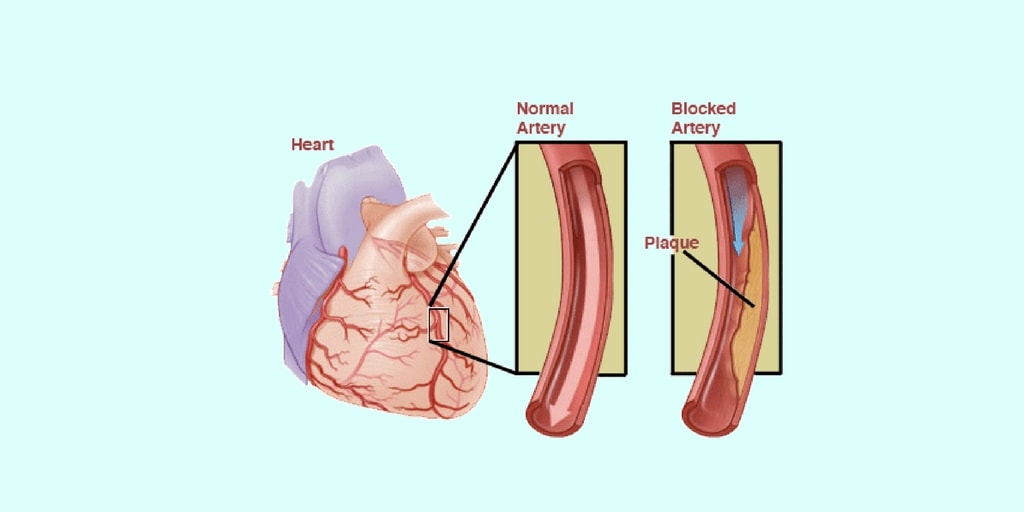A nurse is caring for a client who has heart failure and a potassium level of 2.4 mEq/L. The nurse should identify which of the following medications as contributing to this lab value?
Nitroglycerin
Metoprolol
Spironolactone
Furosemide
The Correct Answer is D
Choice A reason : Nitroglycerin is used to treat angina pectoris and does not typically cause a decrease in potassium levels¹.
Choice B reason : Metoprolol is a beta-blocker used to treat high blood pressure and heart failure but is not known to significantly affect potassium levels¹.
Choice C reason : Spironolactone is a potassium-sparing diuretic and would not contribute to low potassium levels; it is more likely to cause hyperkalemia¹.
Choice D reason : Furosemide is a loop diuretic that can lead to hypokalemia by increasing the excretion of potassium in the urine. It is known to contribute to low potassium levels and should be identified as the medication affecting this lab value¹².
Nursing Test Bank
Naxlex Comprehensive Predictor Exams
Related Questions
Correct Answer is A
Explanation
Choice A reason : Individuals with OCD often engage in compulsive behaviors, such as picking up after others, to make their environment feel more controlled or tolerable. This behavior is a response to the anxiety produced by their obsessions, which in this case, could be related to cleanliness or order¹. By controlling their immediate environment, they may feel a temporary relief from their anxiety, even though this relief is often short-lived and the compulsion becomes a repetitive cycle².
Choice B reason : Changing tasks is not typically the goal of compulsive behaviors in OCD. These behaviors are usually very specific and are performed to manage the anxiety associated with particular obsessions. While the individual might switch from one compulsive behavior to another, it is not done with the intention of task variation but rather as a response to shifting obsessive thoughts¹.
Choice C reason : Compulsive behaviors in OCD are not aimed at increasing social interaction. In fact, these behaviors can often interfere with social activities and relationships, as they can be time-consuming and may make the individual feel embarrassed or ashamed, leading to social isolation².
Choice D reason : Compulsive behaviors can sometimes be a way for individuals with OCD to exert control over other behaviors or thoughts. However, the primary function of these behaviors is to manage the anxiety associated with obsessions, not necessarily to control other unrelated behaviors¹.
Correct Answer is A
Explanation
Choice A reason : Anginal pain is commonly triggered by physical exertion or emotional stress, which increases the heart's demand for oxygen. When the narrowed coronary arteries cannot supply enough oxygen-rich blood to the heart muscle, angina occurs³⁷.
Choice B reason : While sitting up may help relieve discomfort for some conditions, anginal pain is typically relieved by resting or taking prescribed medication such as nitroglycerin, which helps to widen the blood vessels and improve blood flow to the heart muscle³⁶.
Choice C reason : This statement is incorrect. Anginal pain does not persist with rest and organic nitrates; these are actually the measures taken to alleviate the pain. Resting decreases the heart's demand for oxygen, and nitrates are effective in relieving anginal pain³.
Choice D reason : Typically, anginal pain does not last longer than a few minutes. If chest pain persists for more than 20 minutes, it may indicate a more serious condition, such as a heart attack, and immediate medical attention is required³.

Whether you are a student looking to ace your exams or a practicing nurse seeking to enhance your expertise , our nursing education contents will empower you with the confidence and competence to make a difference in the lives of patients and become a respected leader in the healthcare field.
Visit Naxlex, invest in your future and unlock endless possibilities with our unparalleled nursing education contents today
Report Wrong Answer on the Current Question
Do you disagree with the answer? If yes, what is your expected answer? Explain.
Kindly be descriptive with the issue you are facing.
